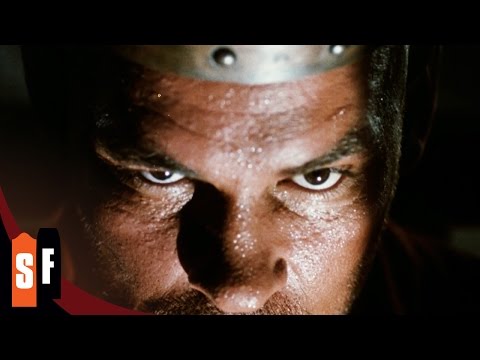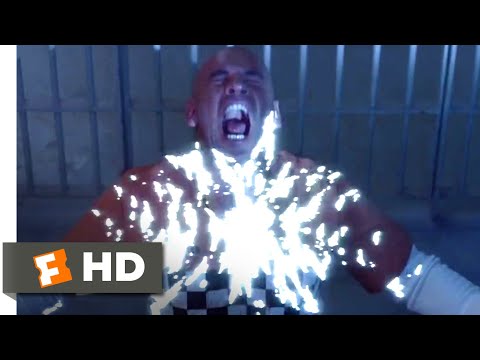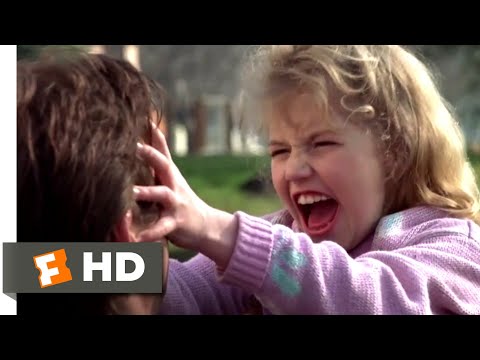Don Coscarelli’s “Phantasm” (1979) begins with its title in red letters and nothing more.
We’re off and running, which sums up what the film is like overall. Welcome to Wonderland, Alice, enjoy your free fall into a strange new world.
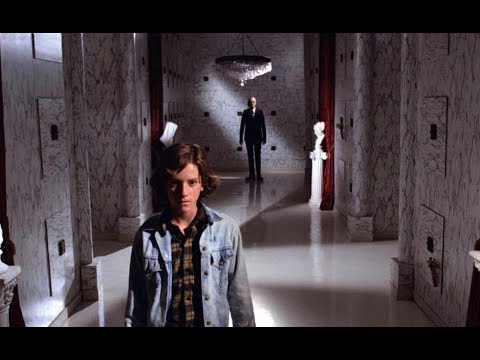
The setting is a small town that seems to center around Morningside Cemetery, where young Mike (Michael Baldwin) is snooping around. Mike is often tailing his older brother Jody (Bill Thornbury), who seems to be headed for better things in his near future. However, a puzzling mystery is presenting itself to both Mike and the audience.
- Why is Morningside Cemetery and its inner workings so bizarre?
- Why is the undertaker, known as The Tall Man (Angus Scrimm), so gosh darn strange?
- Can he really lift a coffin by himself when no one else appears to be watching?
- Who are the small, hooded creatures who work for The Tall Man?
- Why is the cemetery a go-to place for teen sex in this nutty town?
Coscarelli’s $300,000 indie horror film, shot in one year over many weekends with pals, sometimes feels like they were making it up as they went along. Some stretches reflect that, but the genuine shocks and overall ambition of Coscarelli’s vision (which involves dimension hopping and extraterrestrials) points to a method in his madness.
Actually, the further “Phantasm” digs its heels into sci-fi, the stronger its overall story gets.
“Phantasm” maintains its edge as an atmospheric, off-kilter independent horror film. It’s also very-1970s, far more so than classics like “Don’t Look Now” (1973) or “Halloween” (1978). Few films made during that era capture the big, wavy hairstyles, bell bottoms, groovy vernacular and societal unease of that lost era better than this one.
The fear of death is a frequent source of dread infused in many horror films, though writer/director Coscarelli takes it even further. While it is ostensibly about a boy being chased by a monster through a graveyard (literally, at times), it’s also a coming-of-age fable and a wacko sci-fi/horror hybrid portrayed as a waking nightmare.
The subtext is rich, as this isn’t just about a young man failing to keep up with his older brother, as he’s literally outpacing him and planning to move on. The dynamic between the younger and older brother is poignant – the reason Mike is seemingly always following his brother is that he either senses or knows outright that he will leave him soon.
The obstacles the brothers face represents the grind and disappointments of adult life. In particularly, it could be interpreted that The Tall Man is a stand in for any authority figure, the oppressive nature of cemeteries and death in general.
PHANTASM (1979) Shot and directed by Don Coscarelli pic.twitter.com/drHrKMAAx8
— One Perfect Shot (@OnePerfectShot) November 1, 2016
“Phantasm” is also a glimpse at a post-Watergate youth culture, barely post-Vietnam, living an uneasy existence. The horrors of the story are thrust upon teens with counter-cultural views and attitudes, but they are unable to get ahead of the baffling supernatural occurrences they witness.
This is far from the first genre film to vividly explore not just the subject of death but the sterile confines in a “place of rest.” The pacing is sometimes an issue, as the film finds its footing as it keeps moving along from one seemingly disconnected but compelling sequence to another.
Some of the performances are amateurish but endearing (particularly Reggie Bannister’s). The dialogue is oh-so-70s, such as “I don’t get off on funerals, man, they give me the creeps!”
The story offers nods to Tolkien (note those little monsters in robes, akin to evil Hobbits, already under Gollum’s spell) and Frank Herbert’s “Dune” (the black Pain Box is explicitly referenced early on). The villainous Tall Man has superhuman strength and is omnipresent, like imposing Death in the form of a grim-faced servant.
“Phantasm” has lots of cool moments that don’t connect initially (in fact, the first viewing of the film tends to be the most off putting, even for confessed longtime fans), like a visit with a fortune teller. Then there’s the random front porch jam session, which is irritating as an unwelcome musical interlude, but also as a jarring tonal shift.
As a horror film, the effectiveness is on and off, though there are many jolting moments, such as that great final scene. The memorable theme music by Fred Myrow and Malcolm Seagrove cleverly plays throughout the film in varying iterations.
#OctoberMovieThon continues! #NowWatching Phantasm (1979) w/ @Whorror_Fiend. Here we go!#phantasm #horror pic.twitter.com/6KplFX0EI0
— Jackie Daytona. Hootie Tootie Disco Cutie


(@evil_toast916) October 31, 2024
To Coscarelli’s credit, his film doesn’t peak early and is weird and intriguing enough to keep a hold on skeptical viewers. I was among those who thought this film didn’t work the first time I saw it. Now, the disjointed quality to the screenplay seems like a major asset, as you just can’t get ahead of the story.
When it seems that the narrative has taken a distinct direction, Coscarelli is always trying something wild and new. In fact, he’s literally throwing silver balls at us, which is probably the film’s most unforgettable visual signature.
Yes, the mechanized, very-alive and drill-ready balls are vicious little monsters. So are the glowing-eyed insects that turn up. Willard Green’s Silver Sphere is every bit as iconic as Scrimm’s Tall Man.
Occasionally, the film’s scrappy quality leads to unintentionally funny moments, but sometimes the dialogue is genuinely funny on purpose (like, “This guy’s not gonna leak all over my ice cream, is he?”). As low-budget cult horror films go, “Phantasm” is cornier than “The Evil Dead” (1983) and less polished than “Halloween,” but its best passages are unforgettable.
Bannister, of all things, is to this ongoing franchise what Bruce Campbell is to the “Evil Dead” saga.
In full disclosure, the action-heavy, always-on-its-feet and truly exciting “Phantasm II” (1988) is my favorite of the series. Nevertheless, the first two are meant to watched one after the other. I recommend planning a double feature and seeing why a generation of disco-loving teens were once petrified of a very Tall Man, in search of his “Boooooy!”
The post We Still Can’t Crack ‘Phantasm’ 45 Years Later appeared first on Hollywood in Toto.
from Movies - Hollywood in Toto https://ift.tt/jmwzSAp

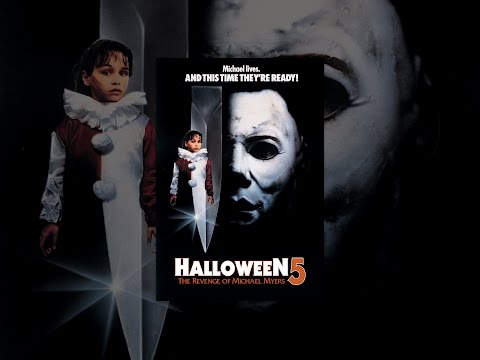
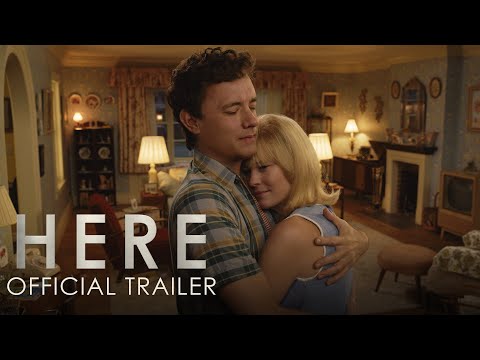
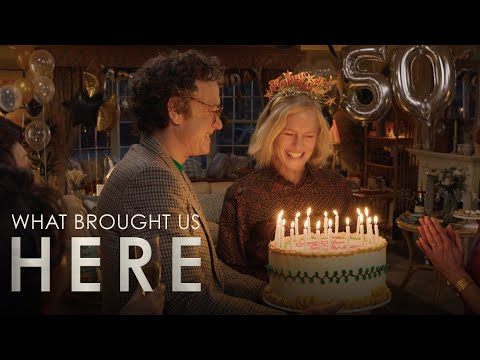
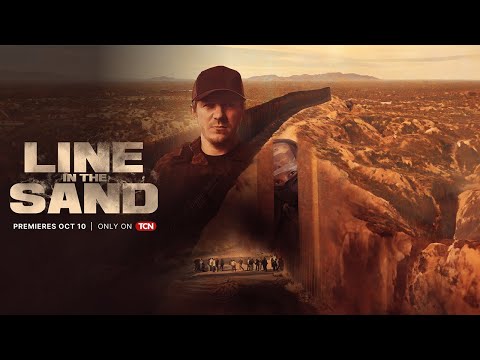

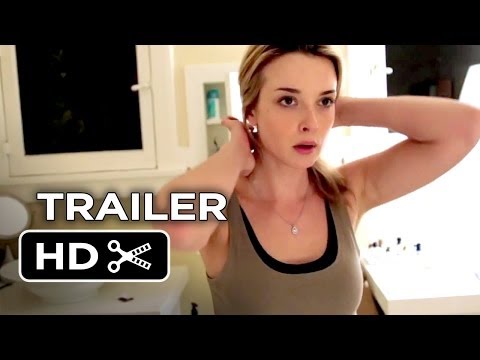
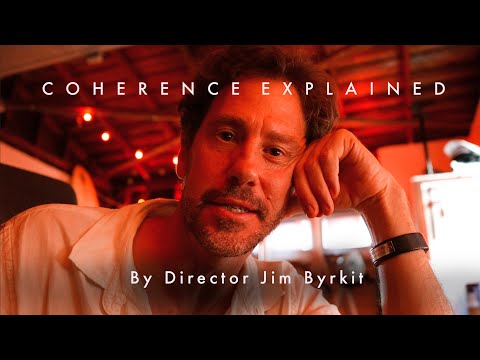
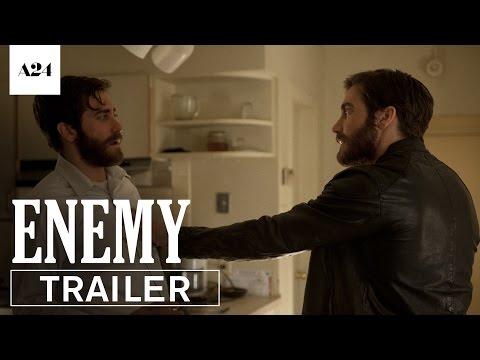
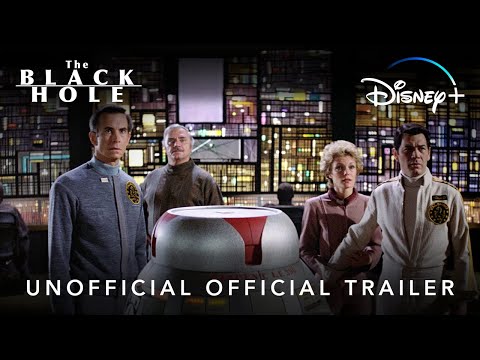
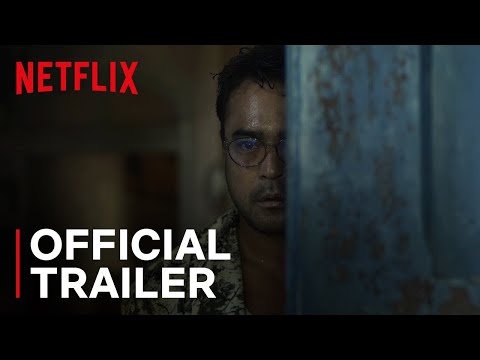
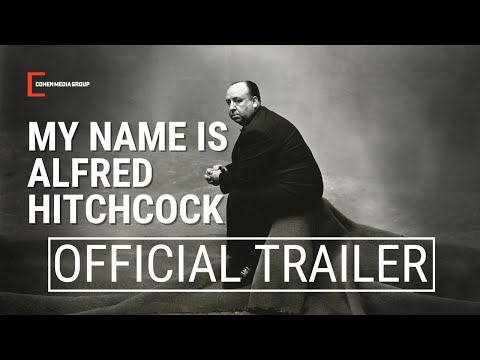
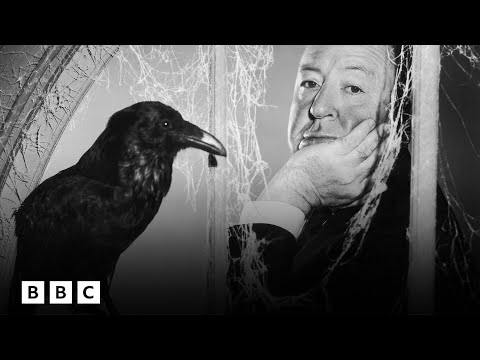
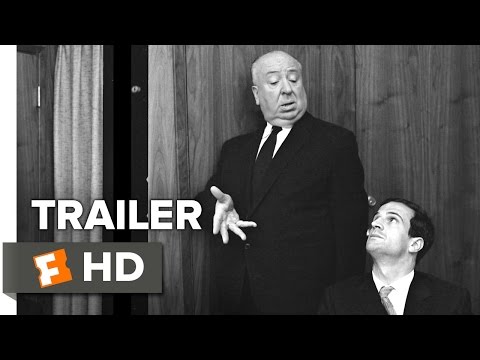
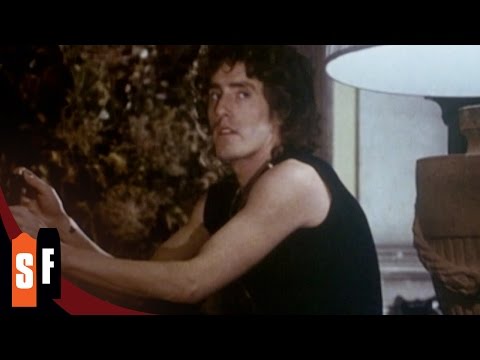
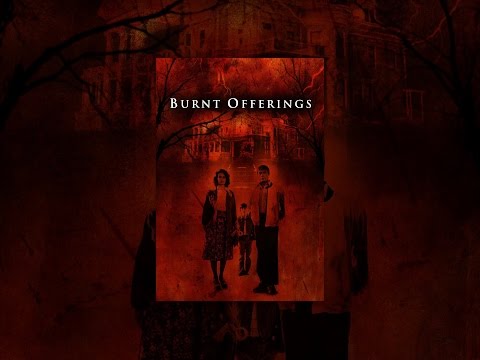
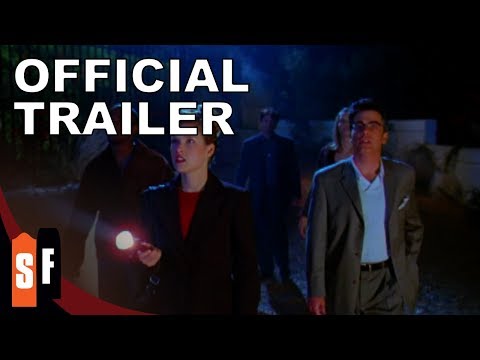
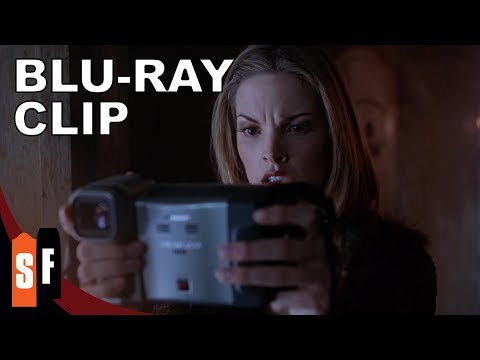
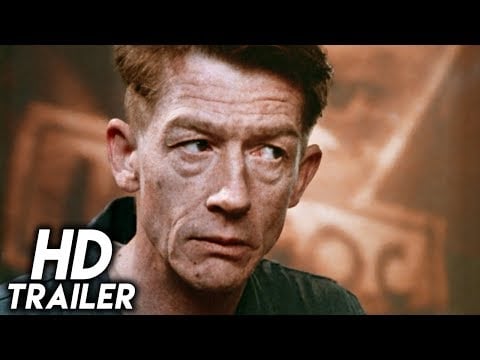

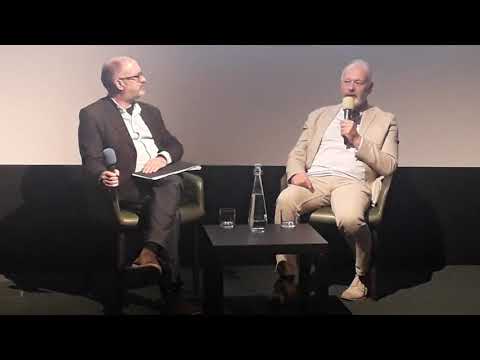

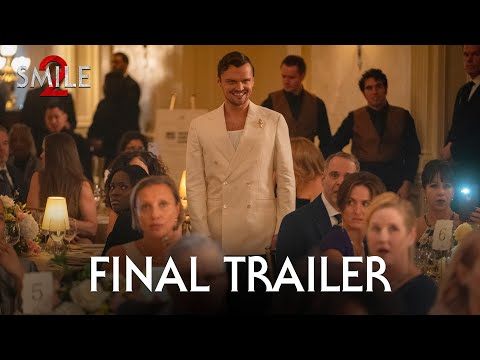

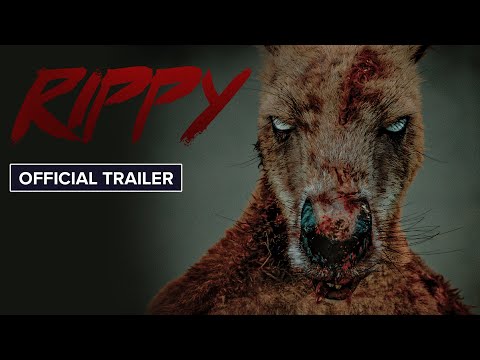
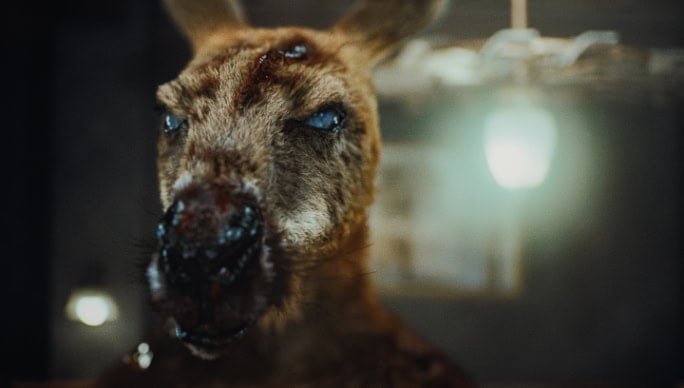
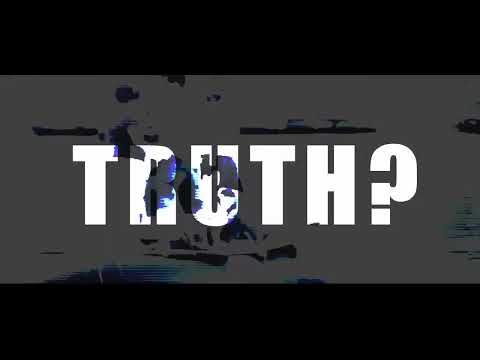

 (@RyanMattaMedia)
(@RyanMattaMedia) 